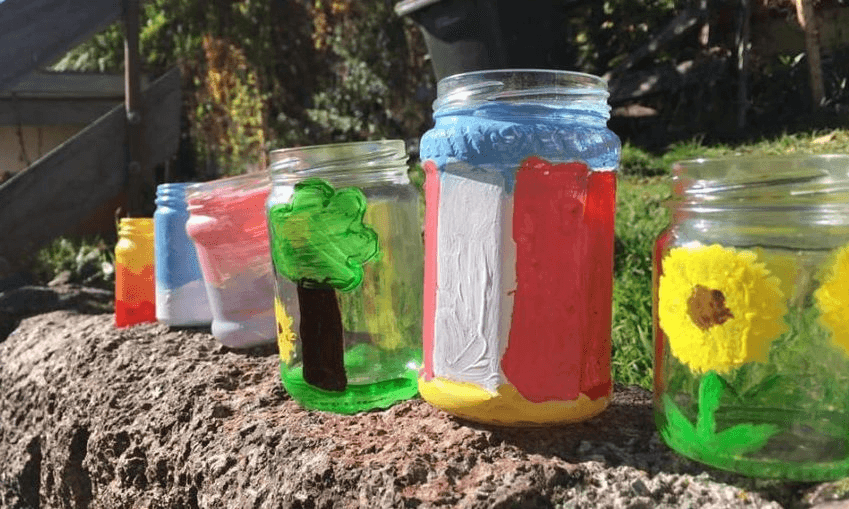Part of preparing for the unknown is creating and maintaining local networks of people. Community development expert Anneleise Hall explains.
As more information becomes available about the spread of Covid-19 around the world, we are reminded just how much is outside our control. We are advised not to panic but to be prepared. That hasn’t stopped some supermarket shelves being emptied at news of New Zealand’s first confirmed case.
Meanwhile, pandemic management requires potentially exposed individuals to self isolate for the public good. Yesterday, people coming from northern Italy and South Korea were asked to self-isolate. There is every chance such requests will grow.
From a community systems perspective, in addition to the immediate short term action of stocking a few weeks of essential supplies and medications, being prepared also requires consideration of our mental and emotional wellbeing.
Knowing your neighbours and knowing how to tap into local information and support networks helps us have more power in the moment when we find ourselves in unknown territory.
In the field of sustainable community development we recognise “resilience” as a core value of a strong community.
It’s become a bit of a buzzword, but essentially being resilient is about the ability to respond and withstand to challenges, to meet community needs for the duration of whatever we’re facing.
How does this mean in practice? It means strong networks. It means working out what food and resources can be shared if the community faces crisis: where you get your water, how you get your energy. It means having at least loose relationships in place between the groups and leaders willing to help coordinate and facilitate a community of care that can work together for the common good in a time of need.
Figuring out how to get and share clear, honest, factual information is vital, both to prepare and help keep everyone safe and empowered during an ongoing situation. We live at a time in which we are faced with unprecedented misinformation, so we need to seek out trustworthy, reliable sources and make our choices wisely.
Research done on community responses post-disaster, earthquakes, fires and floods shows that existing strong networks of people can mobilise very quickly and effectively. That helps reduce fear and gives purpose, but even without these networks most people inevitably step up and pitch in.
This is how things self-organise amid instability or chaos. People are instinctively inclined to herd together for safety and survival, to self-organise into skill sets and leaders and use resources based on priority and need. When, in the case of a public health emergency, there is the prospect of self-isolation, we need to find creative ways to think about this.
This natural capacity for community response is enhanced in instances where there are already networks in place that can be mobilised. For example, the Lyttelton Timebank, which offers a way of trading skills in a community, ad around 400 members at the time of the 2011 earthquake, with their skills registered in a database. The Timebank news updates proved a very effective interim communication source with members who were re-sharing with wider networks. Such a network can mobilise groups of people and access community resources to respond to needs very quickly.
The brilliant Student Volunteer Army was another way to activate an existing database of members to get teams of people quickly to areas of high need after the earthquake because it was able to connect with people right across the city.
If we are willing to learn from what we know works well, we can create and strengthen networks that will help us get through unpredictable challenges.
A great first step is to talk to your neighbours or a couple of people on your street if you don’t already know them. If you are all open to it work out ways to check in, especially with oldies and isolated people, perhaps swap phone numbers.
Take note of your local community centre, or church, or information centre, or food bank or community garden, places where there are volunteers, and find out who the leaders are and how you could help. Make yourself known and figure out what you could help with or contribute to.
When people work together it becomes easier to identify what resources are in your community. For example, are there local fruit trees, big gardens with surplus, community gardens or local growers that could help support food security for the neighbourhood in the case of supply disruptions? How could food be harvested and distributed safely if containment was in place?
Having a point of connection and shared commitment to help each other out creates a community ecosystem of people and skills and resources that makes everyone stronger together.
Online neighbourhood groups can be really helpful and vibrant community spaces, usually with the help of dedicated volunteer moderators. Not everyone is online so it’s a great help to know who needs other ways of receiving information. Having a plan for community information sharing in case of power or internet loss is sensible.
People have forever worked together in groups to survive, so even when things are tough being part of a community and being “in it together” creates a collective strength built on the empathy of something endured or undertaken together.
In the case of people self-isolating, the challenge for communities is to wrap together, for those who can, for example, to do grocery runs or drop-offs, to create spaces for off-site support online or by phone. Could we set up volunteers to check in on isolated people by phone or online so they feel connected and supported?
The mantra for communities, too, is do not panic but do prepare. We are at our best and our strongest when our compassion and shared humanity overrule our fear.
